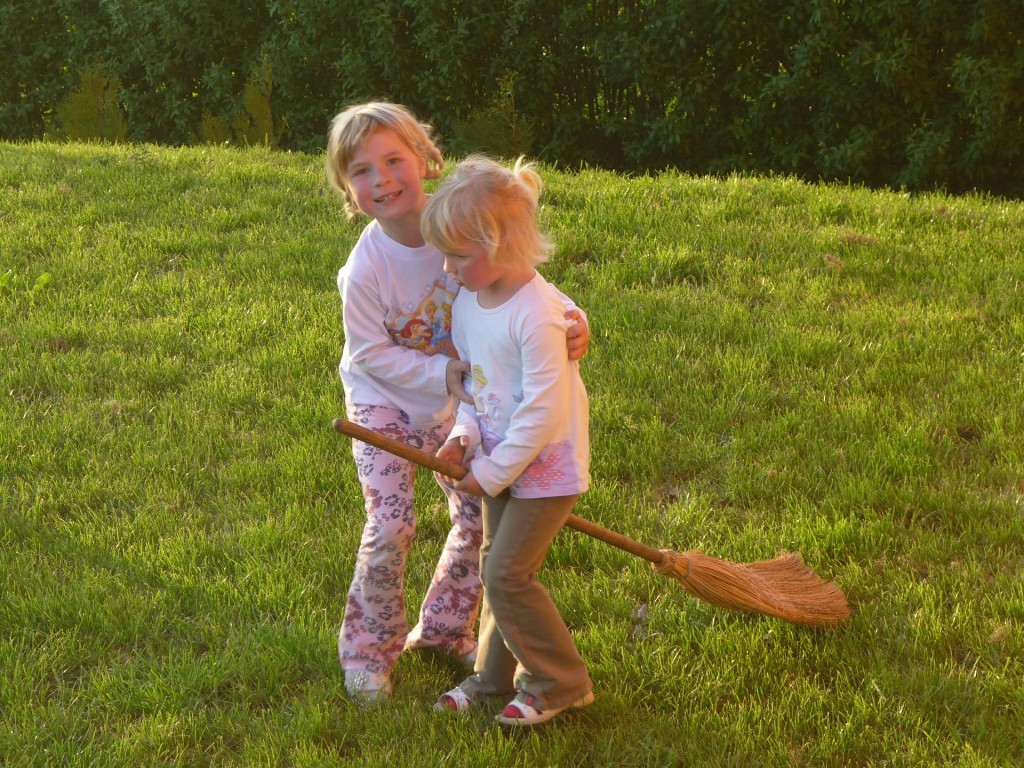If you grew up with brothers and sisters, you’re likely all too familiar with sibling rivalry. From a young age, many siblings bicker, fight and compete over everything from toys to their parent’s attention. While much of it is characterized as normal behavior, sibling rivalry can cross the line. Thanks to the vast amount of research devoted to bullying, we know a lot about the differences between routine fighting and sibling bullying.
Unlike spats about who gets to pick which Saturday morning cartoon to watch, sibling bullying is marked by intentional, repetitive and harmful behavior between siblings—especially where a power differential exists. In most cases, the bully has a leg up on their victim due to their age or intelligence. While all bullying is destructive and could have lasting psychological effects, sibling bullying is particularly damaging because it occurs at home—the place where kids are supposed to feel safe.
It’s important for parents to be able to identify sibling bullying and then put an end to it. These five tips should help.
- Tell it like it is. Resist the urge to dismiss or diminish fights between siblings, and be on the lookout for specific clues. Is there a pattern to the fighting? Is the older/bigger child always ganging up on the younger/smaller one? Does the fighting seem crueler than usual? Does the aggressor lack empathy or a desire to make amends?
- Create a culture of kindness in your home. As the parent, you can decide what you will and will not tolerate. Set specific rules and guidelines and enforce them. While you may want to come down hard on the bully, resist the urge to display aggression, harsh anger or negative qualities that might unintentionally reinforce the behavior. In many cases, it’s a good idea to separate the children for a cool-down period and then reconvene for a calm discussion about what took place. Give both siblings an opportunity to state their case before administering consequences.
- Model empathy. Some children are naturally empathetic. Others may need to learn this skill. Start by displaying empathy to the child who is being bullied. This helps the victim regain control over his environment while also helping the bully understand the impact of his actions.
- Keep your ear to the ground. Bullying can happen in plain sight. While I’m not suggesting that you become a helicopter parent, kids do need some degree of supervision. Monitor their play, keep a door open nearby and pay attention to language or tone that sounds aggressive or hurtful.
- Seek professional help. If you think bullying is taking place in your home, don’t ignore it. In these cases, a family therapist can provide perspective on the situation and suggestions for how to handle it.
David Lowenstein, Ph.D. is a psychologist and the clinical director of Lowenstein & Associates, Inc. in Columbus, Ohio. In addition to providing therapeutic services to individuals and families, he offers training and consultation to numerous associations, schools and agencies around the country. Additionally, he is a frequent radio and TV guest and a resource and contributing writer for numerous newspapers and magazines nationwide. Contact Dr. David Lowenstein at 691 South Fifth Street, Columbus, Ohio, 43206, or call 614.443.6155 or 614.444.0432.


